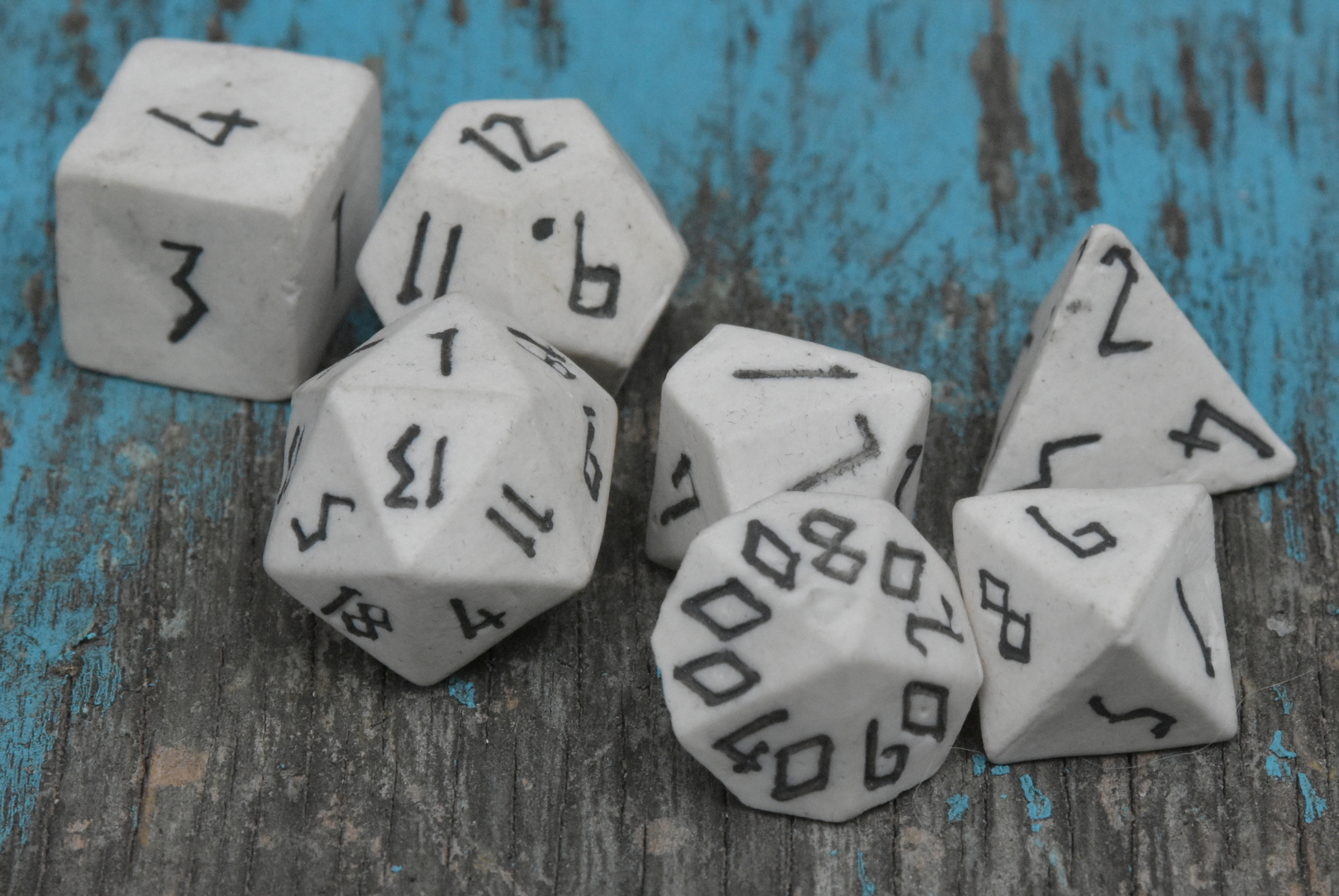Understanding the Role of Alignment in D&D Campaigns
When it comes to crafting compelling and immersive campaigns in Dungeons & Dragons (D&D), understanding the role of alignment is crucial, especially for character classes such as the half-elf cleric. Alignments guide character behavior, influence interactions with other players, and affect decision-making processes throughout the campaign.
What is Alignment?
Alignment in D&D represents a character’s ethical and moral perspective. It serves as a guideline for how they interact with the world around them, influencing choices and actions. Alignments are typically categorized along two axes: lawful to chaotic and good to evil, creating nine possible combinations ranging from Lawful Good to Chaotic Evil.
Choosing an Alignment for Your Half-Elf Cleric
The choice of alignment can greatly influence your half-elf cleric’s role within a campaign. Here are some tips:
- Lawful Good: Ideal for those seeking to be paragons of virtue, adhering strictly to their deity’s code.
- Neutral Good: Focuses on doing good without being restricted by rules or chaos.
- Chaotic Good: Prefers freedom and individuality over order but always aims to do what is right.
Runic Skeleton Ceramic Dice Set: Enhance your gaming experience with our beautifully crafted ceramic dice that ensure every roll counts.
